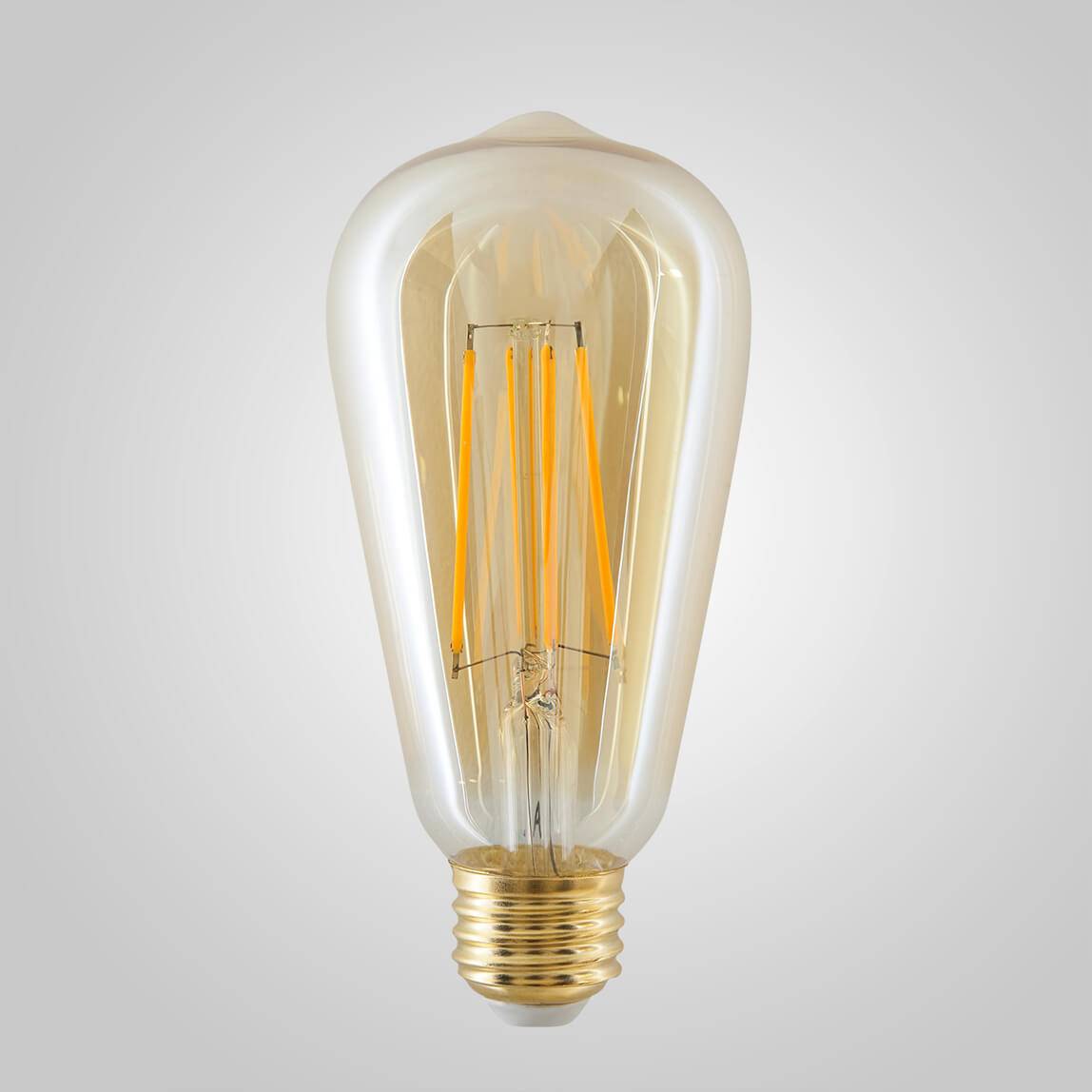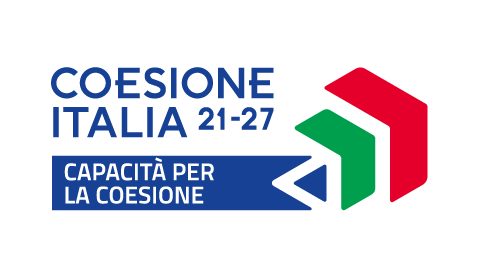
The advent of LED lights has revolutionized the civil lighting sector, particularly in the domestic use but also in the commercial sector. The success of 'light-emitting diodes' (translation of the acronym 'LED') is based firstly and foremost on their greater efficiency compared to older generation lighting devices such as incandescent, fluorescence or halogen luminaires. The best way to evaluate the performance of a lighting device is to measure its luminous efficiency, a scientific parameter whose value is given by the ratio between the luminous flux and the radiant flux. It is measurable in lumens/Watt (lm/W) and allows you to compare lamps with different light emission technologies. Since 2010, the luminous efficacy of LEDs has improved by 6-8 lm/W per year. The best technologies in the range now reach 200 lm/W"'.
Energy is just one of the advantages of using LED light fixtures.This type of technology, in fact, has lower overall energy and maintenance costs and can be combined with 'smart' control and regulation systems to reduce waste and light pollution. (this factor represents the percentage of light emitted by the LED compared to its original intensity). A medium LED can consume only 1/10 or even 1/20 of the energy of a traditional light bulb. On the territory of the Catullian peninsula, Sirmione, 3,900 light points were replaced, of which 676 in the historic center, all entirely LED.
The highest percentages of LED light points are found in the cities of the Centre (76,6%), Northwest (73,3%) and among the metropolitan cities (72%) Among the latter, the most significant progress is observed in Genoa (from 25,0 in 2020 to 68,5% in 2021), Messina (from 46,6% to 67,4%) and Bari (from 9,7 to 27,2%). On the other hand, Reggio di Calabria and Palermo remain far behind, with a share of LED light points of about 2%.
The average life of a filament bulb is approximately 1000/1500 hours (250 days), that of a discharge lamp is approximately 4,000 hours (666 days), the average life of a fluorescent lamp is 6,000 hours (1,000 days) and finally that of an LED lamp is 50,000 hours (8,333 days).















